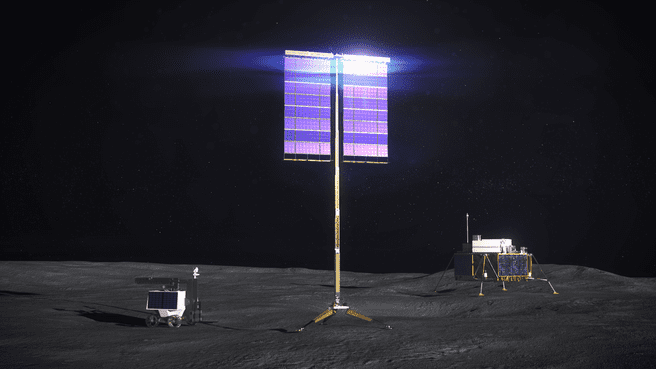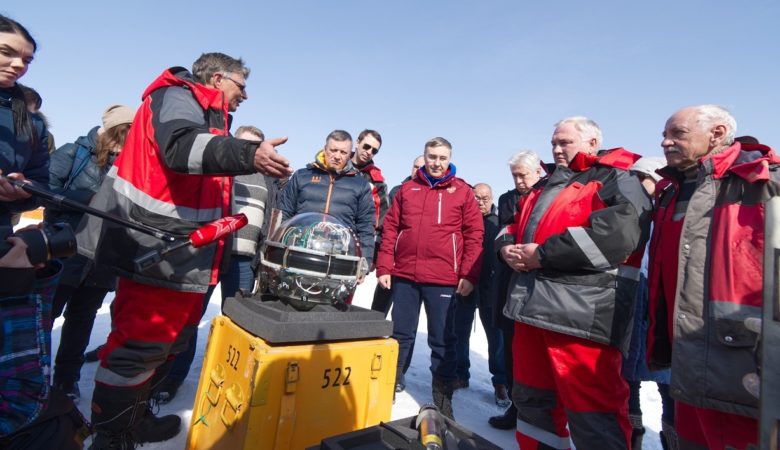
In a new study, scientists have calculated the average air temperature that prevailed on our planet during the last ice age.
“Judging from personal experience, the difference may not seem so great, but in reality it is,” commented researcher Jessica Tyrney.
To determine sea surface temperature during the last ice age, Tyrney and colleagues analyzed traces of the Paleoclimate in ocean plankton fossils. The obtained data were entered into a special model, which allowed to simulate ancient weather conditions.
‘In weather centers, experts measure air temperature, pressure, humidity and use these measurements to predict the weather. We, in turn, use the climate model to determine the weather conditions of the last ice age, ”explained Tyrney.
“If we could reconstruct the warm climates of the past, we could find answers to important questions about how the Earth is responding to very high levels of carbon dioxide, as well as a better understanding of how climate change might happen in the future,” Tyrney continued.
The researchers used their weather prediction model to find out what the air temperature was on all continents of the Earth during the last ice age.
“In North America and Europe, most of the northern areas were covered with ice and very cold. However, the greatest coldness prevailed, for example, in the Arctic, ”explained Tyrney.
Researchers also hope that their study will help climate scientists better understand how man-made climate change will affect the Earth’s poles in the future.











